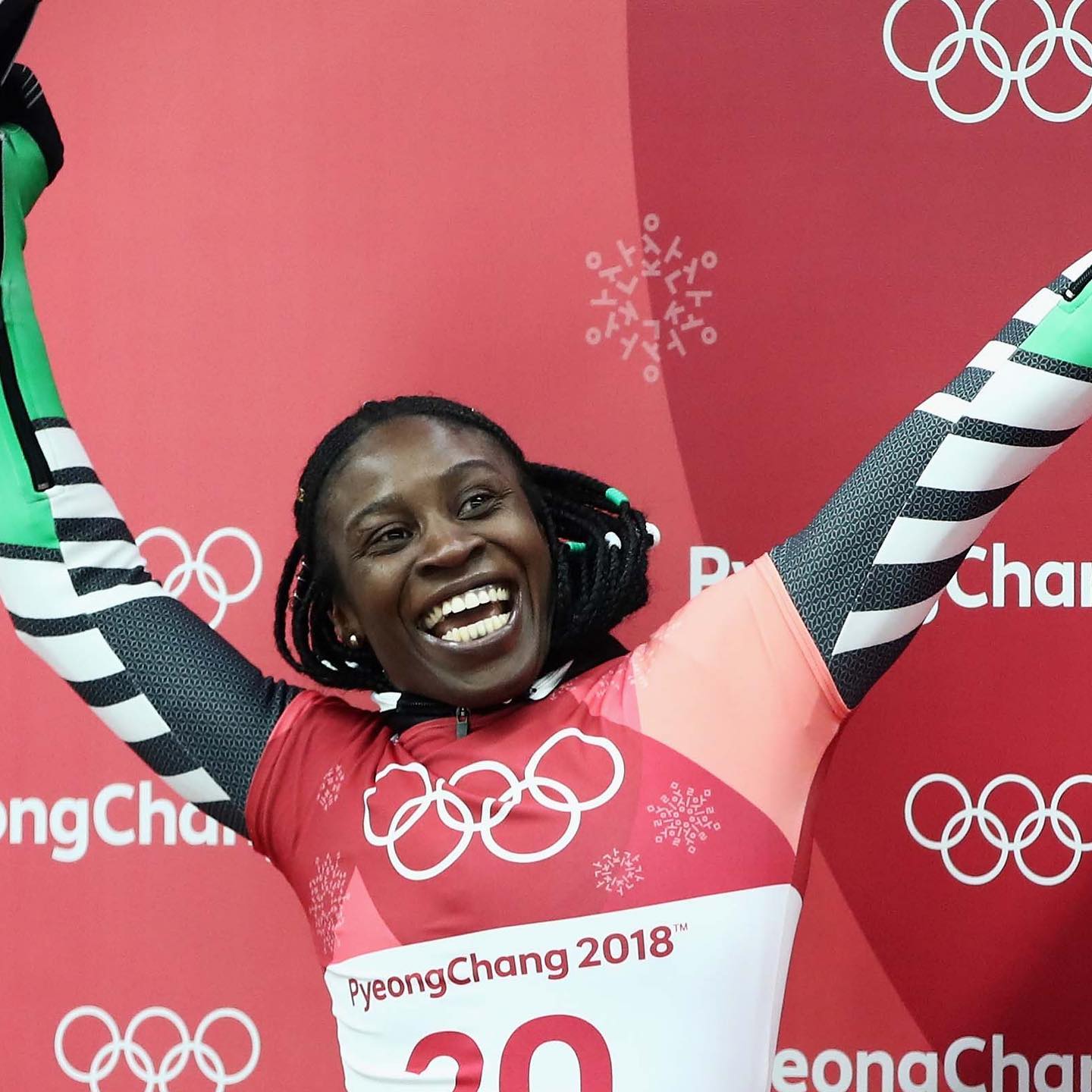Gender Inequality in Canada
By: Dylan Betts
1. What is the article about?
This article is about a female skeleton athlete named Simidele Adeagbo, who missed the chance of entering the 2022 Beijing Winter Olympics by one spot, due to the amount of spaces available to enter being unequal. The amount of spaces available between male and female athletes had an 8-10 seat difference, with 28 for men, and only 20 for women in the monobob competitions, and 30 for men, with still only 20 for women in the doubles section. 14 of the women competing in the monobob were also competing in doubles, leaving little space for monobobers like Simidele to compete in.
The amount of spaces available between male and female athletes had an 8-10 seat difference, with 28 for men, and only 20 for women in the monobob competitions, and 30 for men, with still only 20 for women in the doubles section. 14 of the women competing in the monobob were also competing in doubles, leaving little space for monobobers like Simidele to compete in.
2. Who does it involve?
This article focuses on Simidele Adeagbo, but it also speaks for many other female athletes in this section of the winter games, but also in many other sports in the Olympics in general. It also involves the directors of the Olympics, by hopefully convincing them to make this an equal event to both male and female athletes
3. Why did you choose this article?
I chose this article because I know what it is like to miss out on competing in a big that you have worked towards for many years of your life. Last year I barely made it int the 2022 BCSSA provincials, only getting by because of a joker card (Someone else quit last minute). In the end I made it into fifth position in all of BC, but when I first heard that I might have to miss out on going to provincials, I was very upset. I think that loosing your chance to something as unfair as gender inequality, I too would be very frustrated, and demanding for change.
4. How does this news article relate to the story we are reading- The Friday Everything Changed?
This article relates because it is about how certain things that women cannot control at a certain time, can sometimes prevent them from reaching extraordinary goals and achievements. In the story we read, the girls could not carry the water, or even play softball all because the fact that that was not considered “normal”. In this case, I think that sometimes people would associate some sports with “boys sports” like hokey or soccer, and some sports as “girls sports” like fields lacrosse, and ringette. This may have been the case here, resulting in the difference in seats available for entering the Olympics.
The article:
